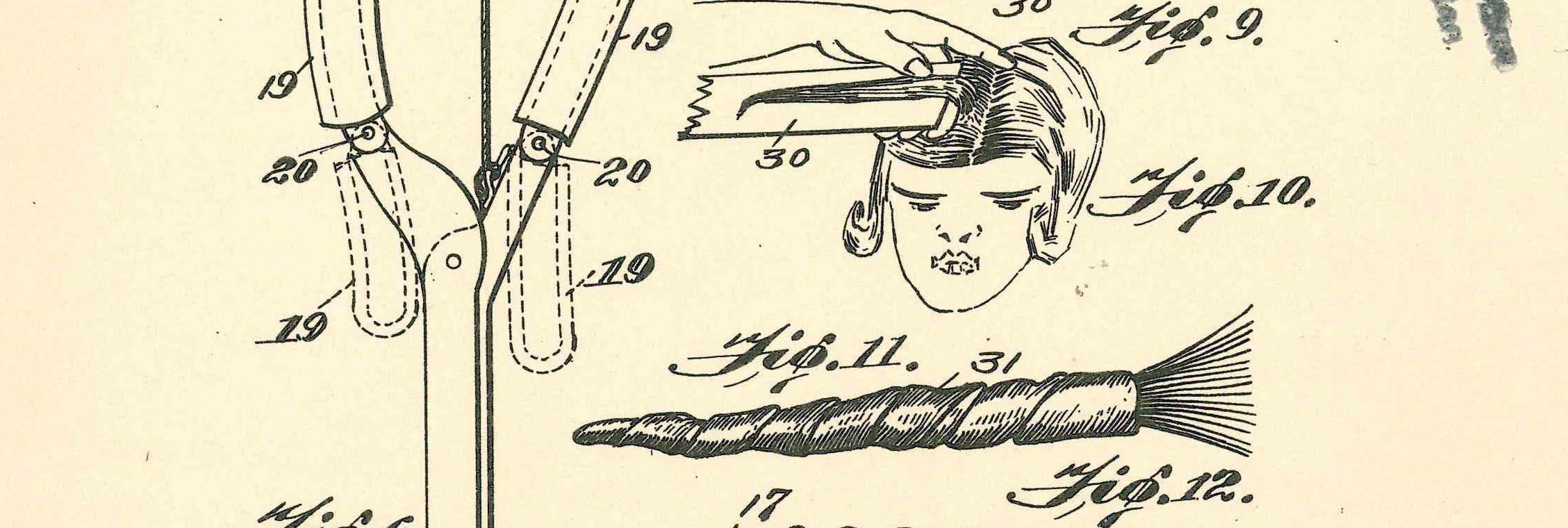Animated backgrounds are a great way of creating visually appealing content that captures the attention of your audience. As more and more businesses and individuals are turning to visual content to communicate their ideas, animated backgrounds have become increasingly popular. But creating high-quality animated backgrounds that resonate with your target audience is no easy feat. There are a lot of things to consider, from the type of animation to the color scheme, to the overall design. To help you out, we’ve put together a list of the top 10 tips for using animated backgrounds effectively. These tips will cover everything from choosing the right type of animation to the right color scheme and even the best tools for creating professional-looking animated backgrounds. Whether you’re a seasoned animator or just starting out, these tips are sure to help you create stunning visual content that grabs the attention of your audience. So read on and discover the top 10 tips for using animated backgrounds and take your visual content to the next level!
1. Choose the right design style.
When using animated backgrounds, it’s important to choose the right design style to effectively convey your message. Firstly, consider the purpose of your project and the audience you are targeting. Are you creating a marketing video for a young, hip audience or a professional corporate presentation? Once you have identified your target audience, choose a design style that suits their preferences and expectations. For example, a minimalist design style may be more appropriate for a professional corporate presentation, whereas a bold and colorful design style may be more effective for a marketing video aimed at a younger audience. Ultimately, the design style you choose should complement your message and enhance the overall visual appeal of your project.
2. Keep the background subtle.
When it comes to using animated backgrounds, it’s important to remember that less is often more. One of the top tips for creating a visually appealing animated background is to keep it subtle and avoid overwhelming the viewer. A busy or flashy background can distract from the main focus of your content and make it difficult for viewers to concentrate. Instead, aim for a background that complements your content without stealing the show. Choose colors and patterns that are harmonious with your overall design, and remember that a subtle animation can still create interest and depth without being overpowering. By keeping your animated background subtle, you can ensure that your content remains the star of the show while still adding an extra layer of visual interest.
3. Use animation to draw attention.
One of the most powerful benefits of using animated backgrounds is the ability to draw attention to specific elements on your website or presentation. By incorporating subtle but eye-catching animations, you can guide your audience’s focus to important information, calls to action, or other key components. For example, you might use a pulsing animation on a button to encourage users to click, or add a subtle waving animation to a section of text to make it stand out. When used strategically, animations can be a highly effective tool for keeping your audience engaged and focused on what matters most. Just be careful not to overuse them or make them too distracting, as this can have the opposite effect and diminish the effectiveness of your message.
4. Match the animation to content.
One of the key tips for using animated backgrounds effectively is to match the animation to the content. This means that the animation should enhance and complement the message being conveyed. For example, if the content is about nature, using an animated background with flowing leaves or a calm river can help create a serene and peaceful atmosphere. On the other hand, if the content is about technology or innovation, a background with futuristic elements like animated circuits or flying pixels can help create a sense of excitement and innovation. It’s important to ensure that the animation doesn’t overpower the content and distract the audience from the message being delivered. By matching the animation to the content, you can create a well-designed and professional-looking presentation that effectively engages your audience.
5. Don’t overdo the animation.
Animated backgrounds can add a dynamic and engaging element to your website or presentation, but it’s important to use them in moderation. Tip number 5: Don’t overdo the animation. Too much animation can be overwhelming and distracting, making it difficult for your audience to focus on the content you are trying to convey. Instead, use animation strategically to draw attention to specific elements or to add interest to transitions. Consider the purpose and tone of your project and use animation to enhance, not detract from, your message. Remember, less is often more when it comes to animated backgrounds.
6. Test the background on different screens.
When using animated backgrounds, it is important to test them on different screens to ensure that they are compatible and visually appealing across various devices and resolutions. This is especially crucial in today’s world, where people access content on a wide range of devices, from desktop computers to mobile phones and tablets. Testing the background on different screens can help identify any issues with compatibility or resolution, and allow you to make adjustments to ensure that your animated background looks great on all devices. As a best practice, it is recommended to test the animated background on at least three different devices, including a desktop computer, a laptop, and a mobile device. By testing the background on different screens, you can ensure that your animated background enhances your content and provides a seamless user experience.
7. Use high-quality animations.
When it comes to using animated backgrounds, one of the most important considerations is the quality of the animations you choose to incorporate into your designs. High-quality animations can add a level of sophistication and professionalism to your work, while low-quality animations can make it look cheap and unappealing. Using high-quality animations means selecting those that are smooth, visually appealing, and well-designed. Choose animations that complement your design and enhance the overall aesthetic, rather than detract from it. Additionally, be sure to avoid overly complex animations that can slow down load times or distract from the content of your design. By using high-quality animations, you can create visually stunning designs that attract and engage your audience.
8. Consider the impact on load times.
When using animated backgrounds on your website, it’s important to consider the impact they can have on load times. Large file sizes and complex animations can slow down your website and negatively affect the user experience. To avoid this, it’s essential to optimize your animated backgrounds for web use. This can be done by reducing the file size, limiting the number of frames in the animation, and using optimized file formats such as GIF or SVG. It’s also a good idea to test the load time of your website with and without the animated background to determine if it’s worth the extra load time. Remember, a slow website can lead to higher bounce rates and lower user engagement, so always prioritize speed and performance when using animated backgrounds.
9. Make sure it doesn’t distract.
When using animated backgrounds, it is crucial to make sure that they do not distract from the main content of the presentation or website. While animated backgrounds can be visually appealing and attention-grabbing, they should not overshadow the purpose of the content. To ensure that the animated background serves its purpose without causing distractions, it is important to choose a design that complements the content and does not clash with it. The animation should also be subtle and not too flashy or overwhelming. By keeping the animation tasteful and minimal, the audience can focus on the main message and not be distracted by unnecessary visual elements. Therefore, always remember to make sure that the animated background is not distracting and complements the content rather than overpowering it.
10. Use animation to enhance branding.
Animation is a powerful tool that can enhance branding and take it to the next level. Animations can add a unique and dynamic touch to your website or social media page that sets you apart from competitors and captures the attention of your audience. By using animated backgrounds, you can create a dynamic and immersive experience for your users, making them feel more engaged and involved with your brand. Animations can also help you to communicate complex ideas or concepts in a visually appealing and easy-to-understand way, making it easier for your audience to understand your message. With the right animation, you can create a memorable and impactful experience that helps to build a strong and lasting connection between your brand and your audience.
In conclusion, using animated backgrounds can significantly enhance the visual appeal of your website or video project. By following these top 10 tips, you can make the most out of your animated backgrounds. Remember to keep your audience in mind and use animations that are relevant to your content. Choose colors, textures, and patterns that complement the rest of your design and consider the speed and duration of your animations to avoid overwhelming your audience. With these tips in mind, you can create visually stunning and engaging content that is sure to leave a lasting impression on your viewers.


